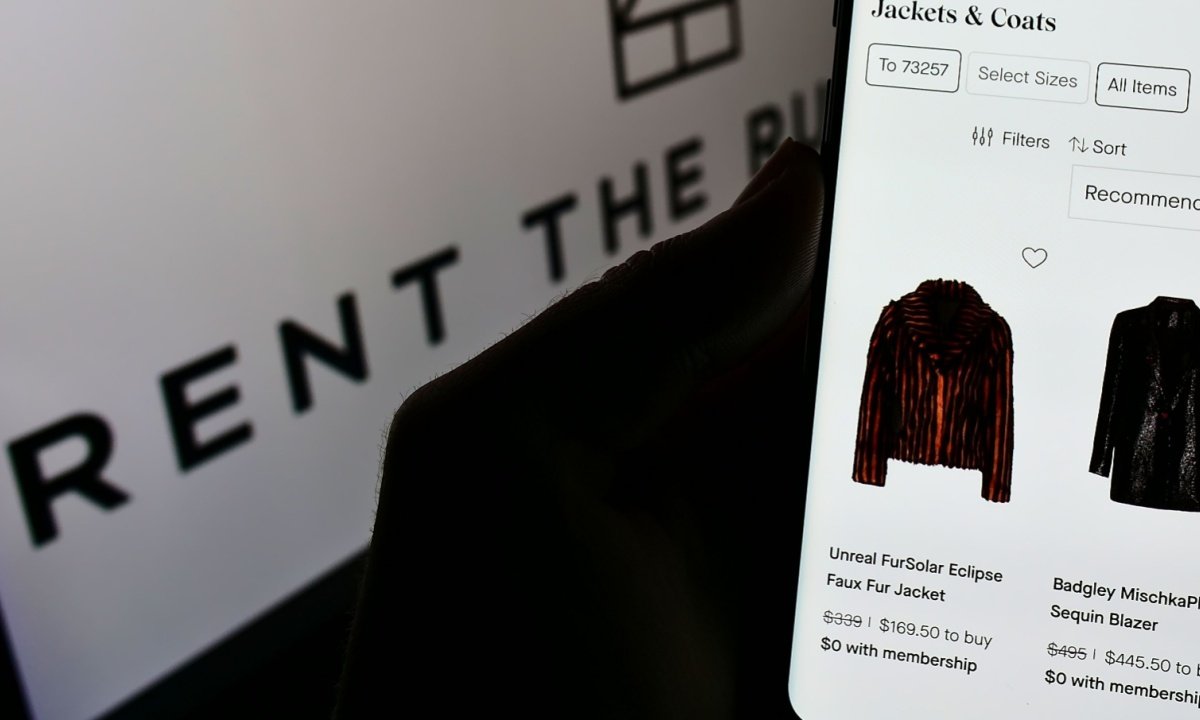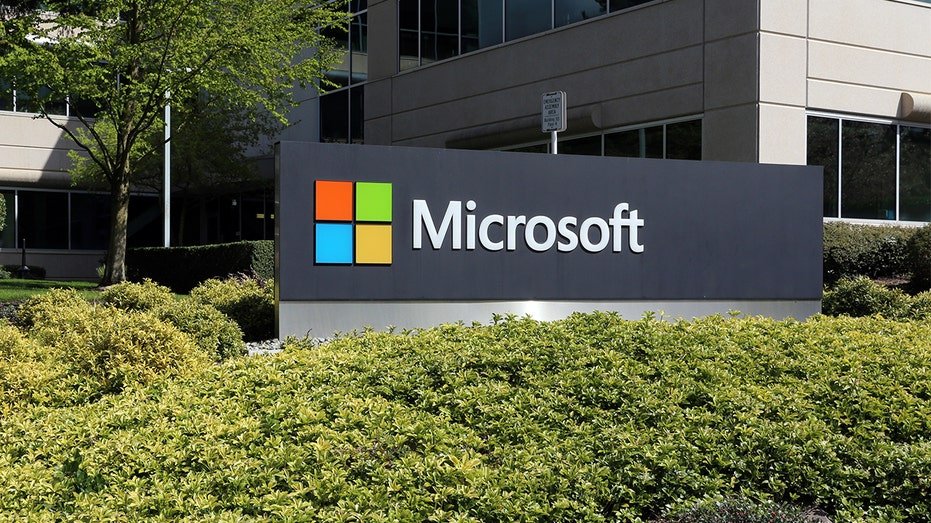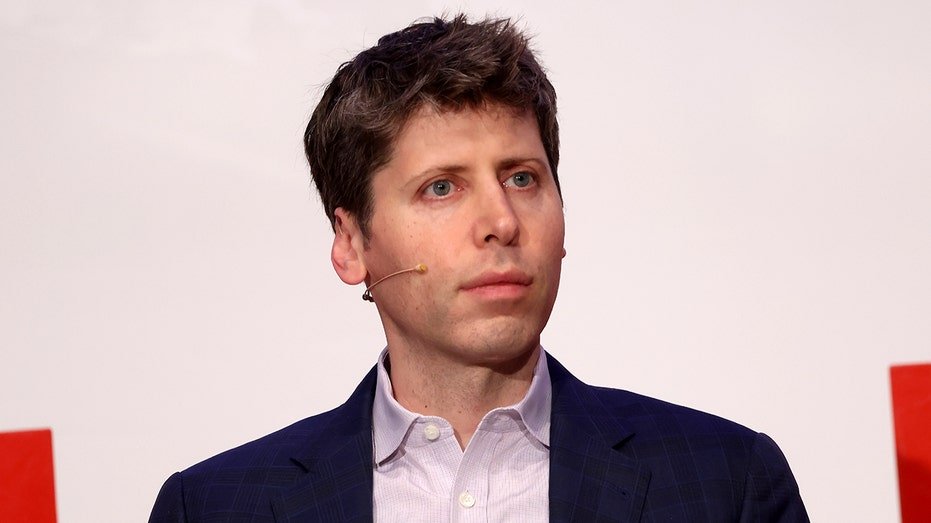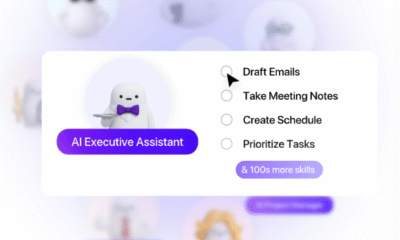Business
AI networking: The new foundation for business growth

Artificial intelligence is reshaping the way networks are built, managed and secured. AI networking is now much more than just a utility, emerging instead as the key enabler of innovation. As enterprises push forward, the challenge is not simply keeping up with AI’s demands, but ensuring the network actively accelerates adoption and business value.
The trend suggests that networking is the foundation for AI success, with enterprises that modernize across all domains being best positioned to unlock new opportunities, according to Bob Laliberte, principal analyst at theCUBE Research.
“AI is fundamentally reshaping enterprise networks from end to end,” he said. “At the back end, high-performance interconnects are essential for scaling GPU clusters used for training and inference. At the front end, Wi-Fi, private 5G and edge networks are critical for collecting and feeding the data that fuels AI models. Across the wide area network, organizations need secure, low-latency connectivity to move increasing amounts of data between distributed sites and AI data centers. Tying it all together, generative, predictive and agentic AI are transforming how networks are managed.”
Those dynamics will take center stage on Sept. 18 during “The Networking for AI Summit,” an exclusive broadcast from theCUBE, SiliconANGLE Media’s livestreaming studio. The event will feature industry leaders, including Cisco Systems Inc., Hewlett Packard Enterprise’s Juniper Networks, Meter Inc. and Extreme Networks Inc., alongside insights from Laliberte and principal analyst Zeus Kerravala of ZK Research, a division of Kerravala Consulting, offering IT leaders and strategists practical guidance on building AI-ready networks. (* Disclosure below.)
Here’s what to expect from theCUBE’s coverage of “The Networking of AI Summit“:
Why AI networking is at the heart of innovation
Enterprises know that keeping networks static won’t cut it in the AI era. In fact, 97% of IT networking executives believe they’ll need to upgrade their infrastructure to successfully deploy AI, according to Cisco’s internal research. Cisco has responded with innovations that include new data center tools and pre-configured AI hardware, but its biggest push centers on preparing for AI networking with a focus on agentic AI and improving security and observability. Features such as the Cisco AI Canvas, its domain-specific AI Assistant and its expanded firewall and zero-trust options are designed to make networks proactive as AI systems increasingly act autonomously.
That urgency underscores the stakes in AI networking: Enterprises that modernize their networks will position themselves to harness AI at scale, while those that don’t risk falling behind, according to Laliberte.
“Enterprises that can’t modernize their back-end, front-end and WAN networks will risk falling behind peers who do and can harness AI at scale,” Laliberte noted. “For their customers, that could result in slower innovation cycles and missed opportunities. For technology partners, it’s a chance to step up as trusted advisors and help organizations build the agile, AI-ready networks that will define market leaders in the years ahead.”
HPE’s recent acquisition of Juniper Networks Inc. underscores how seriously vendors are investing in building AI-native networking foundations. The move expands HPE’s portfolio with a secure, end-to-end stack designed to support enterprises modernizing for AI. At the same time, HPE has introduced an AI-powered copilot for its Aruba Networking EdgeConnect platform, aimed at strengthening cybersecurity and enabling more proactive, agentic AI networking operations. Others in the market are also experimenting with AI-driven platforms, reflecting the broader momentum across the industry.
“Enterprises should view networking for AI as an opportunity to modernize and upgrade highly distributed network environments,” Laliberte said. “In the near term, we expect to see the continued adoption of Ethernet in AI data centers, the rise of private 5G and Wi-Fi 7 to fuel front-end data collection, increased attention to prioritizing WAN traffic and AI-driven operations that enable a transition from reactive to proactive — ensuring optimized performance and experiences. Enterprises have already recognized the importance of the network in achieving business goals; AI technology will further magnify its significance.”
TheCUBE event livestream
Don’t miss theCUBE’s coverage of “The Networking for AI Summit” on Sept. 18. Plus, you can watch theCUBE’s event coverage on-demand after the live event.
How to watch theCUBE interviews
We offer you various ways to watch theCUBE’s coverage of “The Networking for AI Summit,” including theCUBE’s dedicated website and YouTube channel. You can also get all the coverage from this year’s events on SiliconANGLE.
TheCUBE Insights podcast
SiliconANGLE also has podcasts available of archived interview sessions, available on iTunes, Stitcher and Spotify, which you can enjoy while on the go.
SiliconANGLE also has analyst deep dives in our Breaking Analysis podcast, available on iTunes, Stitcher and Spotify.
Guests
During “The Networking for AI Summit,” theCUBE will bring together innovative leaders who are shaping the next era of enterprise networking. Viewers can expect candid insights and forward-looking strategies from voices shaping the future of AI networking.
(* Disclosure: TheCUBE is a paid media partner for “The Networking for AI Summit.” Sponsors of theCUBE’s event coverage do not have editorial control over content on theCUBE or SiliconANGLE.)
Image: SiliconANGLE
Support our mission to keep content open and free by engaging with theCUBE community. Join theCUBE’s Alumni Trust Network, where technology leaders connect, share intelligence and create opportunities.
- 15M+ viewers of theCUBE videos, powering conversations across AI, cloud, cybersecurity and more
- 11.4k+ theCUBE alumni — Connect with more than 11,400 tech and business leaders shaping the future through a unique trusted-based network.
About SiliconANGLE Media
Founded by tech visionaries John Furrier and Dave Vellante, SiliconANGLE Media has built a dynamic ecosystem of industry-leading digital media brands that reach 15+ million elite tech professionals. Our new proprietary theCUBE AI Video Cloud is breaking ground in audience interaction, leveraging theCUBEai.com neural network to help technology companies make data-driven decisions and stay at the forefront of industry conversations.
Business
Databricks AI Chief to Exit, Launch a New Computer Startup

(Bloomberg) — Naveen Rao, the head of artificial intelligence at the $100 billion startup Databricks Inc., is planning to leave his position to launch a new venture making a novel type of computer, according to a person familiar with the matter.
A spokesperson for Databricks confirmed that Rao is transitioning to an advisory role at the company, and said that Databricks is planning to invest in his new startup. The spokesperson declined to disclose the size of the investment.
Rao has also held early talks with other investors about backing the new company, which would focus on building a next-generation computer to address the rising costs of AI computing power, said the person familiar with the conversations, who asked not to be named discussing private information.
Rao declined to comment on his plans for the new company.
Rao is a serial entrepreneur who sold his data and AI analytics startup MosaicML to Databricks in 2023 for $1.3 billion. MosaicML had raised about $30 million from investors including Maverick Ventures, Lux Capital and DCVC. Before that, Rao co-founded Nervana Systems, a machine intelligence platform, which was acquired by Intel Corp. in 2016 for about $350 million.
Given Rao’s track record, the new venture could attract significant investor interest at a lofty valuation. He would also join a wave of prominent tech executives who’ve launched startups, including former OpenAI Chief Technology Officer Mira Murati, whose company Thinking Machine Labs was last valued at $10 billion, and ex-Salesforce co-CEO Bret Taylor, whose two-year-old AI startup Sierra was also recently valued at $10 billion.
Databricks recently raised $1 billion in a funding round that made it one of the country’s most valuable startups. The round was co-led by Andreessen Horowitz, Insight Partners, MGX, Thrive Capital and WCM Investment Management.
More stories like this are available on bloomberg.com
Business
Rent the Runway Adds AI Enhancements Amid Transformation

Rent the Runway is continuing to roll out new personalized recommendations and artificial intelligence (AI)-powered enhancements as part of a wide-ranging transformation of its fashion subscription, rental and resale platform.
Business
OpenAI nonprofit gains $100B stake while retaining control of AI company

NVIDIA CEO and co-founder Jensen Huang commends President Donald Trump’s A.I. agenda and outlines what the country’s job future will look like on ‘Special Report.’
Artificial intelligence giant OpenAI on Thursday announced its nonprofit parent will retain control of the company while also gaining an equity stake worth more than $100 billion.
The move will allow OpenAI to raise new capital while also making its nonprofit parent company “one of the most well-resourced philanthropic organizations in the world,” according to Bret Taylor, chairman of OpenAI’s board.
OPENAI TEAMS UP WITH WALMART TO TRAIN MILLIONS OF WORKERS IN ARTIFICIAL INTELLIGENCE
“This recapitalization would also enable us to raise the capital required to accomplish our mission — and ensure that as OpenAI’s [public benefit corporation] grows, so will the nonprofit’s resources, allowing us to bring it to historic levels of community impact,” Taylor said in a statement.
In this photo illustration, the OpenAI logo is seen displayed on a smartphone screen. (Thomas Fuller/SOPA Images/LightRocket via Getty Images / Getty Images)
OpenAI and Microsoft also said in a joint statement on Thursday that they signed a non-binding memorandum of understanding (MOU) to shape their next phase of partnership and are actively working to finalize a definitive deal. The companies said they are focused on building “the best” artificial intelligence tools that are also safe.
OPENAI CEO SAM ALTMAN WARNS OF AI FRAUD CRISIS ‘VERY SOON’
“OpenAI and Microsoft have signed a non-binding memorandum of understanding (MOU) for the next phase of our partnership,” the two companies said in a joint statement Thursday afternoon. “We are actively working to finalize contractual terms in a definitive agreement. Together, we remain focused on delivering the best AI tools for everyone, grounded in our shared commitment to safety.”

The Microsoft headquarters campus in Redmond, Washington. (iStock / iStock)
Microsoft has reportedly invested around $13 billion in the ChatGPT creator since 2019.
A MAJORITY OF SMALL BUSINESSES ARE USING ARTIFICIAL INTELLIGENCE
In May, OpenAI announced it was scuttling its plan to move the company away from a nonprofit structure to becoming a for-profit company. The ChatGPT-maker created a for-profit limited liability company (LLC), which it converted into a public benefit corporation that considers the interests of shareholders as well as OpenAI’s mission. The tech giant announced at the time that OpenAI’s nonprofit would have operational control over the public benefit corporation and would be a large shareholder in it.

Sam Altman, co-founder and CEO of OpenAI, speaks during a panel discussion titled “The Age of AI” at the Technical University of Berlin on February 07, 2025, in Berlin, Germany. (Sean Gallup/Getty Images / Getty Images)
OpenAI CEO Sam Altman, who prompted the company’s exploration of moving to a for-profit structure to make it easier for the company to raise the large amounts of money for investments he thinks will be needed to achieve artificial general intelligence (AGI), sent a letter to employees at the time explaining the decision and what it means for the company.
GET FOX BUSINESS ON THE GO BY CLICKING HERE
“OpenAI was founded as a nonprofit, is today a nonprofit that oversees and controls the for-profit, and going forward will remain a nonprofit that oversees and controls the for-profit. That will not change,” Altman wrote in May.
FOX Business’ Eric Revell contributed to this report.
-

 Business2 weeks ago
Business2 weeks agoThe Guardian view on Trump and the Fed: independence is no substitute for accountability | Editorial
-
Tools & Platforms1 month ago
Building Trust in Military AI Starts with Opening the Black Box – War on the Rocks
-

 Ethics & Policy2 months ago
Ethics & Policy2 months agoSDAIA Supports Saudi Arabia’s Leadership in Shaping Global AI Ethics, Policy, and Research – وكالة الأنباء السعودية
-

 Events & Conferences4 months ago
Events & Conferences4 months agoJourney to 1000 models: Scaling Instagram’s recommendation system
-

 Jobs & Careers2 months ago
Jobs & Careers2 months agoMumbai-based Perplexity Alternative Has 60k+ Users Without Funding
-

 Podcasts & Talks2 months ago
Podcasts & Talks2 months agoHappy 4th of July! 🎆 Made with Veo 3 in Gemini
-

 Education2 months ago
Education2 months agoMacron says UK and France have duty to tackle illegal migration ‘with humanity, solidarity and firmness’ – UK politics live | Politics
-

 Education2 months ago
Education2 months agoVEX Robotics launches AI-powered classroom robotics system
-

 Funding & Business2 months ago
Funding & Business2 months agoKayak and Expedia race to build AI travel agents that turn social posts into itineraries
-

 Podcasts & Talks2 months ago
Podcasts & Talks2 months agoOpenAI 🤝 @teamganassi





















